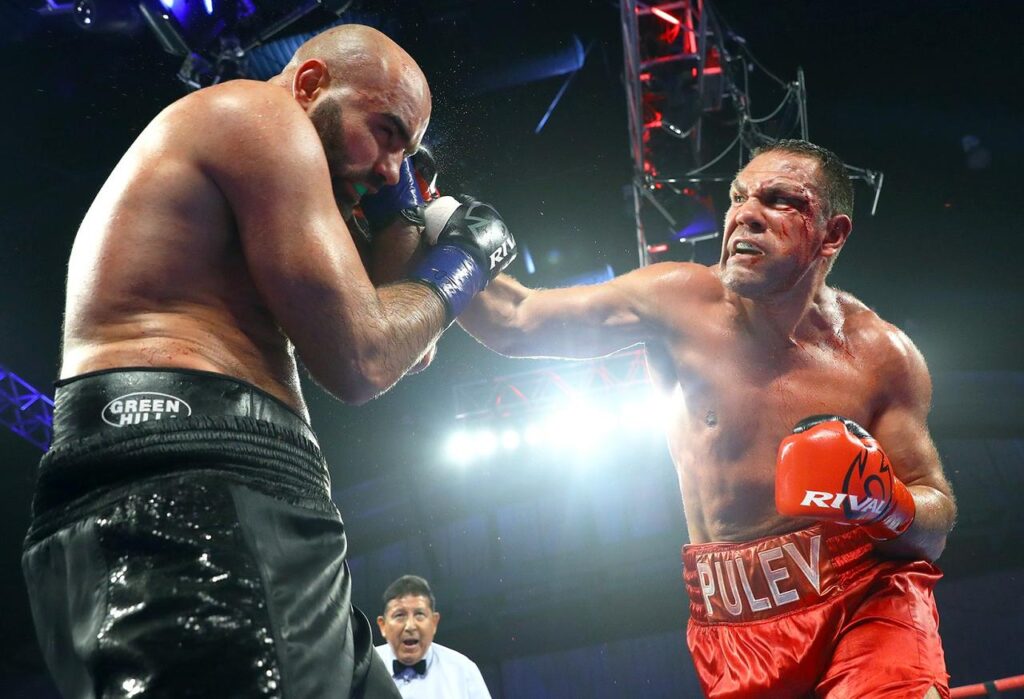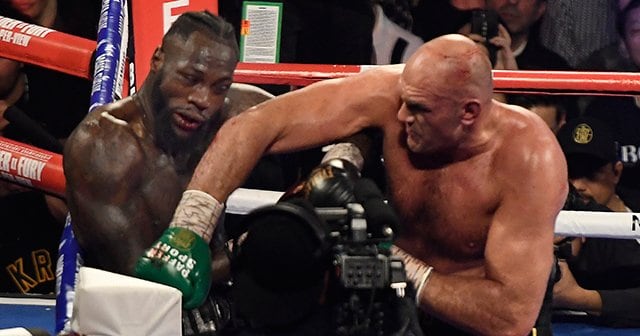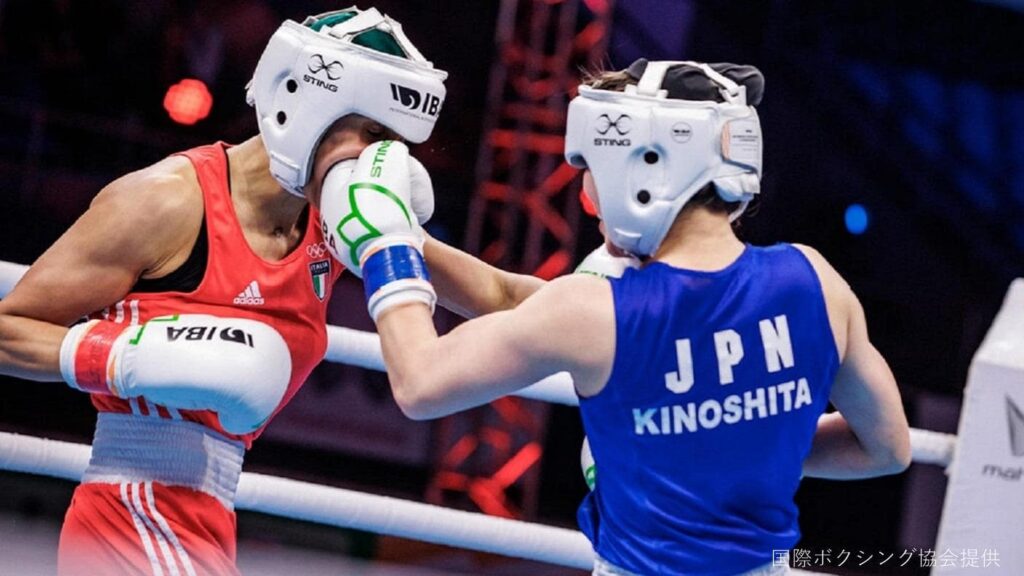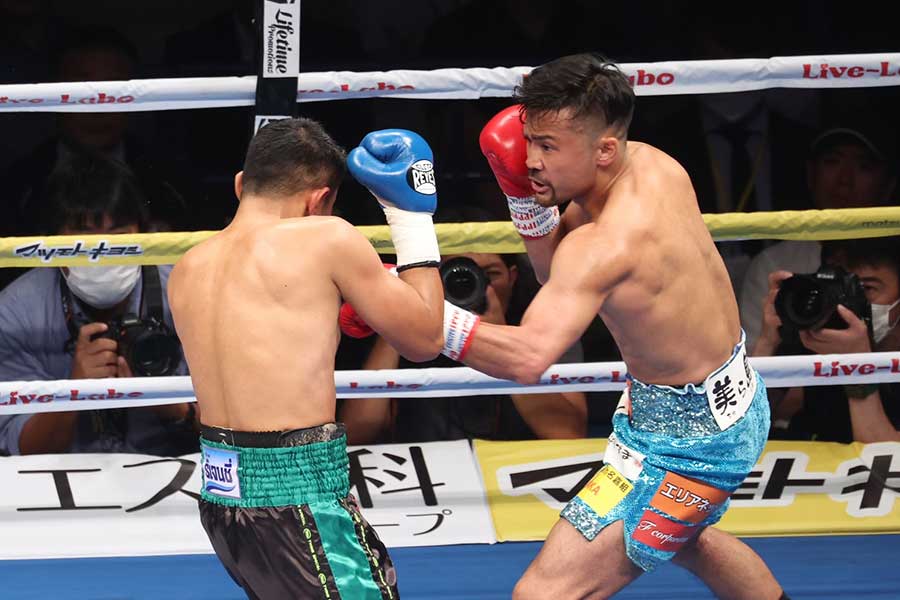
In boxing, a fighter’s stance forms the basis of his style and tactics.
Proper stance maximizes the effectiveness of your defenses and attacks, and is directly linked to success in the ring.
This article provides a detailed explanation of the different types of boxing stances, from basic stances to advanced stances suitable for specific tactics.
A deep dive into the characteristics, benefits, and training methods of each stance to help boxers find the stance that works best for them.
This will give readers a better understanding of how to improve their boxing skills.
目次
- 1 What is the boxing stance? basic understanding
- 2 Detailed explanation of orthodox stance
- 3 How to use southpaw stance
- 4 Peek-a-boo strategy
- 5 Filly shell stance and its applications
- 6 Innovation in posture in modern boxing
- 7 Considerations when choosing a stance
- 8 How to practice stance in training
- 9 summary
What is the boxing stance? basic understanding
In boxing, stance is the basis of attack and defense, and is an important element that expresses a fighter’s style and ability.
This section details the purpose and importance of boxing stances, as well as basic form.
Purpose and importance of stance
The boxing stance is a basic stance that allows you to effectively block attacks from your opponent while also preparing yourself to attack.
Proper stance helps athletes maintain balance and create a position that facilitates maximum effort.
Additionally, stances vary depending on the player’s tactics and style, adapting to each player’s technical characteristics and physical abilities.
For this reason, the stance is not just a pose, but also serves as a strategic tool to smooth movement during combat and to apply psychological pressure on the opponent.
Basic form of boxing stance
The basic stance of boxing involves standing with your feet shoulder-width apart and one leg slightly out in front of you.
Typically, your dominant hand is placed behind your back to give you more power and stability to deliver a stronger punch.
By bending your front leg slightly to support your weight, and placing your back leg at a slight angle, you can easily move forward, backward, side to side, and shift your weight.
Raise your arms to protect your face and keep your fists at chin level.
This stance is designed to allow you to react quickly both defensively and offensively, and it is important to maintain an advantageous position while constantly adjusting your distance from your opponent.
From this stance, the boxer is ready to throw a variety of punches, and can quickly tighten his guard when defending.
Proper stance comes naturally with skill and becomes more refined as the boxer’s skill level increases.

Detailed explanation of orthodox stance
In boxing, the orthodox stance is one of the most common and basic fighting stances.
This stance is used primarily by right-handed players and is widely adopted as it has many tactical advantages.
Here, we will delve into the characteristics of the orthodox stance and the advantages and tactics of that style.
Characteristics of orthodox stance
The orthodox stance is a stance with the right hand behind the back (as a strong hitter) and the left hand forward.
The main features of this stance are ease of balance and natural body movement. Stand with your feet slightly wider than shoulder-width apart, with your left foot in front of you and your right foot slightly back.
This arrangement ensures stability and maneuverability at the same time, allowing quick movements forward, backward, and sideways.
Also, raise your arms to protect your face and keep your elbows close to your body.
Advantages and tactics of orthodox style
The main advantage of the orthodox stance is its versatility.
This style is easy to understand even for beginners, as it makes it easier to effectively use basic punches such as jabs and straights.
He is especially good at quick attacks using the jab (left hand) and tactics that aim for a counter with a straight right after blocking the opponent’s attack.
Also, in terms of defense, since both hands are in a position to protect the face, it is easy to effectively block the opponent’s punches.
From this stance, it is easier to balance attack and defense as you are always ready to attack while reducing your body size and target area.
In training, it is recommended that you take advantage of the stability of this stance while practicing to increase the accuracy and power of your punches.
Also, practicing footwork to gauge the distance to your opponent is essential to the success of tactics using orthodox stances.
The orthodox stance is one of the basics of boxing, and by mastering it, you can lay the foundation for stepping up to more advanced techniques and tactics.

How to use southpaw stance
The southpaw stance is a common fighting style used by left-handed boxers, and its unique stance allows for attacks that are less predictable for many right-handed boxers.
This section details the basics of southpaw stance and techniques for attacking and defending from this stance.
Basics of southpaw stance
The southpaw stance is a stance where the right foot is placed in front and the left hand is positioned behind the opponent as a strong hitting hand.
This position allows you to use your left hand power punches (straight and uppercut) more effectively, and also allows you to use your right hand (jab hand) in front of you to deliver quick jabs and body blows.
The position of the feet is opposite to the orthodox stance, and the opening of the body is also opposite.
For this reason, southpaw stance fighters are often very difficult opponents to fight against.
Offensive and defensive techniques from southpaw
When attacking from a southpaw stance, the left straight is one of the most important weapons.
This punch is extremely effective as it is delivered in a direct line where the opponent’s defense is weak.
Also, a common tactic is to use the right jab to judge the opponent’s defense, and then take advantage of the gap and launch a left straight or hook.
Defensively, southpaw players often have an advantage over right-handed players.
Your natural body orientation will distance you from your opponent’s main attacking hand (right hand), making it easier to avoid your opponent’s attacks.
When defending, use your right jab to keep your distance, while quickly adjusting your position using your left foot to look for an opportunity to counterattack.
The southpaw stance allows boxers to develop their own unique tactics, allowing them to attack their opponents from unexpected angles.
By honing these techniques and tactics, you will be able to further strengthen your advantage in the ring.

Peek-a-boo strategy
The peek-a-boo stance is known for its unique defensive style and tactics for maximizing attack opportunities.
In this section, we will explain in detail the characteristics of peek-a-boo stance and tips for success.
Peek-a-boo style characteristics
The peek-a-boo stance is known as holding your hands high and covering your face and chin.
The purpose of this stance is to fortify your defense while finding an opportunity to counterattack with a quick punch.
Keeping your hands around your face makes it easier to effectively block your opponent’s blows.
Additionally, by keeping your elbows close to your body, you minimize blows to your body.
This stance is agile in movement, focuses on always moving forward, and is characterized by a balance between attack and defense.
Tips for success at peek-a-boo
Succeeding in peek-a-boo stance requires a high level of concentration and physical strength.
When transitioning from this stance into an attack, quick footwork and powerful punches at short range are key.
Also, it is important to read your opponent’s attack patterns and take advantage of the gaps to launch a counter attack.
How quickly you can move from a defensive stance to attack greatly determines the effectiveness of this style.
During training, it is recommended that you strive to continuously build physical strength and improve your stamina.
You can also increase your confidence and technique in the ring by repeating drills to effectively counterattack while dodging your opponent’s attacks.
The peek-a-boo stance requires reaction time and agility, so it’s important to continually practice these skills.
Exercises that improve your footwork, sense of rhythm, and instantaneous reaction speed are effective.
Specifically, it is recommended that you use shadow boxing to repeatedly perform defensive and offensive movements while imagining movements in the ring.
Training with a speed bag or double-end bag can also help develop reaction time in peek-a-boo stances.
Through this kind of training, you can develop the physical strength and technique to practice strategic boxing using the peek-a-boo stance.
It is essential for the success of this stance to always be on the lookout for attack opportunities and to reliably block your opponent’s attacks.
By strengthening your overall physical strength and refining your technique, the peek-a-boo stance has the potential to greatly improve your boxing skills.

Filly shell stance and its applications
The Philly Shell stance is a boxing style that has received attention for its unique defensive techniques and effective counter attacks.
In this section, we’ll take a deep dive into the mechanics of the Philly Shell stance and how to use it in combat.
Mechanism of filly shell stance
The Philly Shell stance is a stance that focuses specifically on defense.
This stance protects your face and upper body by keeping your forearms up in front of your face and your hands at chin level.
Additionally, your shoulders should be pushed slightly forward to cover your chin, and your other hand should be at your side to protect your liver and abdomen.
This placement allows the Philly Shell stance to effectively block blows and make it easier to slip through your opponent’s attacks.
This stance also creates opportunities for counter attacks by parrying your opponent’s punches.
How to use Philly Shell in actual combat
The strategy from the Filly Shell stance is mainly to invite the opponent’s attack and take advantage of the opening.
When using this stance in a real fight, it is important to skillfully avoid your opponent’s punches while quickly countering them.
In particular, the movement of dodging the opponent’s jab from below and aiming for a counter with a straight right is a typical application of the Philly shell stance.
Additionally, fighters using this stance must use footwork to control distance and change position effectively to smoothly transition from defense to attack.
In order to use the Philly Shell stance effectively, you need a high degree of concentration and physical strength.
Continuous training and sparring experience are essential in order to maintain defense and counter with agility.
In order to make the most of this stance in the ring, it is important to develop the ability to quickly assess the situation and read your opponent’s intentions.

Innovation in posture in modern boxing
In modern boxing, training techniques and strategies are rapidly evolving, and new trends are emerging in stances.
These innovations are having a huge impact not only on how boxers train, but also on their performance in matches.
Trends and impacts of new stances
Modern boxing stances emphasize speed, agility, and strategic thinking.
Traditional training focused on strength and endurance has shifted to requiring more sophisticated techniques.
This has been supported by the introduction of new training methods and equipment, making boxing a more dynamic and appealing sport for spectators ( Boxing & Fitness ) .
Approach to modern boxer stance
Modern boxers are required to incorporate the latest training techniques.
For example, virtual reality is now being used to simulate matches, making it possible to practice strategies and techniques without real risk.
It also introduces ways to use real-time data to adjust match strategy and improve performance ( Boxing & Fitness ) .
These advances have contributed to improving training efficiency and reducing the risk of injury.
As a result, boxing has evolved into a more competitive and safer sport, requiring boxers to constantly learn and adapt to the latest techniques ( Boxing & Fitness ) .

Considerations when choosing a stance
Choosing the right stance in boxing is an important decision that has a big impact on performance.
This section details how you should consider the compatibility of your style with your stance, and how stance selection can affect your performance.
Compatibility between your own style and posture
When choosing a stance, a boxer must consider the compatibility between his fighting style and the stance as the most important criterion.
For example, a boxer who has a long reach and uses a lot of jabs is often suited for an orthodox stance.
This stance allows you to make the most of your reach and attack your opponent effectively while keeping your distance.
On the other hand, boxers who are good at fighting at close range are suited to the peek-a-boo style or filly shell stance, which allows them to effectively counter while solidifying their defense.
Impact of stance selection on performance
Stance is not only a tactical element, but also has a direct impact on performance.
Proper stance can increase defensive efficiency and reduce energy consumption, contributing to long-term endurance in a match.
Also, choosing a stance that you can use with confidence will help you maintain mental stability during the match.
On the other hand, an inappropriate stance can waste more strength than necessary or increase the risk of injury, so careful selection is required.
It is important to experiment with different stances through training and sparring to find the one that best suits your style.
Additionally, determining the optimal stance while actively incorporating feedback from coaches and trainers will lead to improved overall boxing skills.

How to practice stance in training
In boxing, stance is the basis of attack and defense, and learning the proper stance is essential for improving technique.
This section provides training drills to improve your stance, as well as tips for using your stance effectively in combat.
Drills and exercises to improve stance
Practicing stance requires establishing correct form. A basic drill is to use a mirror to check your stance.
Set up in front of a mirror and check your body balance and hand position as you perform each punch.
This allows you to self-diagnose and correct any unnatural movements or open defense gaps.
Shadow boxing is also very effective for practicing stance.
By maintaining a stance while moving and performing attack and defense movements smoothly, your body will naturally learn the correct positioning.
Since it requires a high level of concentration, you can also train your mental endurance at the same time.
Tips for effectively using stances in actual combat
In order to effectively use a stance in actual combat, one must have the ability to fine-tune the stance depending on the situation.
For example, if your opponent is aggressive, it is important to take a more defensive stance, and conversely, if your opponent is defensive, it is important to take an aggressive stance.
Gaining experience in the ring will help you make these decisions more quickly and naturally.
Additionally, active sparring allows you to test how your stance works against different types of opponents.
Sparring is a great opportunity to practically test the kamee techniques you learned in class and make modifications as needed.
Constant self-reflection and taking in feedback from coaches and trainers will lead to growth.
Through these practice methods, the key to improving your boxing skills is to instill the stance into your body and be able to freely manipulate the stance in any situation.

summary
This article provides a detailed explanation of boxing stances and training methods.
Boxing stance has a huge impact on your performance in the ring and is important for maximizing the effectiveness of your attacks and defenses.
We delved into the characteristics and effective uses of each style, including the orthodox stance, southpaw stance, peek-a-boo style, and filly shell stance, and also touched on new trends and stance innovations in modern boxing.
When choosing a stance, it is important to consider your own style and compatibility, and with proper training and practice, you can improve your technique and reduce the risk of injury.
During training, it is important to maintain proper form, shadow boxing, and hone your fighting sense through sparring.
Incorporating techniques from each stance into your daily training will improve your reaction speed and movement accuracy, building confidence and control in the ring.
In addition, practicing stances allows boxers to become more refined in their attack timing and defense timing.
This is directly connected to improving your judgment and technique in matches, and becomes the foundation for implementing higher-level strategies.
Ultimately, how effectively these stances are used depends on individual practice and match practice.
Through this article, we aim to provide a wide range of knowledge about boxing stances, from the basics to their applications, and to help readers find the best stance for each individual and deepen their understanding to improve their skills.
A boxing stance is not just a stance, but an expression of each boxer’s tactics, and improving its precision is the key to success in the competition.




